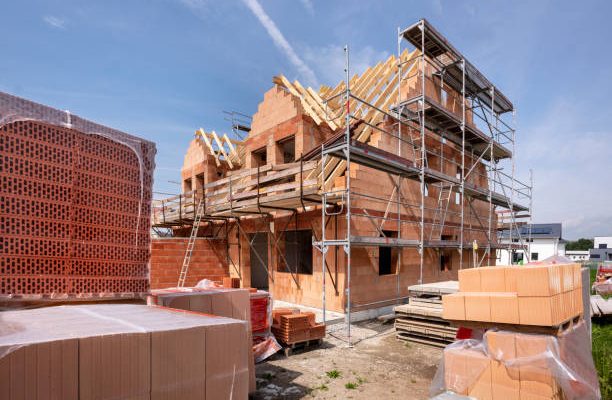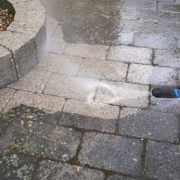When the temperatures start dropping, it starts raining, and the winds build up, a house that is not weathertight is going to be a miserable home. It is advisable to start planning for any necessary repairs before the seasonal changes. This guide provides the information you need to get your house ready for adverse weather conditions.
Start with Your Roof
You should avoid climbing onto the roof of your house unless you are trained and have experience doing so, as this can be very risky. If you have binoculars, you can inspect the roof for missing or loose roof tiles, check that chimney pots are not damaged, and that all fittings such as aerial cables are secure. It is best to hire a contractor if repairs are needed or you cannot get full visibility from the ground. The UK keeps a national register of registered contractors.
Check Your Walls
Examine the rendering on the exterior walls and the pointing for damaged or loose areas. These problems can result in water penetration through the walls. Water will erode whatever it touches. For spots you can reach safely and that are not extremely bad, take out the loose material and replace with Polyfilla. Get the matching paint and repaint the sections you have repaired. Make sure the paint is specially designed for external use as it is made to withstand the elements.
Examine All Your Windows
Check the window frames. Sometimes the wood becomes rotten after exposure to nature. For smallish areas, use a chisel to remove the affected wood and use filler to close off the hole. Once the wood has been sanded, you can varnish or repaint it match the rest of the frame.
The windows themselves also need to be thoroughly checked for damage. This is a good time to replace old, plain windows with Keylite pitched roof windows from a Keylite window stockist. Take a look at options for Keylite roof windows here.
Checking for Draughts
If you have been experiencing cold air finding its way into your home via the space left beneath the front door, this is a simple fix. Obtain a draught excluder and fit it to the outside of the door at its bottom edge using screws and a screwdriver. This will not affect the opening and closing of your front door. You can conduct the same fix if your letterbox, which is fitted in the door, admits cold air, using a specially designed draught excluder for letterboxes. When air seeps around the sides of the door, it may not be fitted properly, be the wrong size, or it could have slid down its hinges and need to be repositioned. A temporary DIY fix is to use foam strips with an adhesive backing to tape up the gaps.
Are the Gutters Clean?
When you examined your roof, you may have noticed a lot of debris, especially leaves, that have become trapped in the roof gutters and asked an expert to remove it along with fixing any other problems that were identified. The gutters at the ground level can also become clogged, preventing water from flowing off. Static water can continue to cause damage so all the debris must be taken out. Cover the gutters with mesh. This could be made of plastic or wire and will protect guttering in future.
After carrying out these tasks, your home is ready for any weather (except perhaps a hurricane).




















